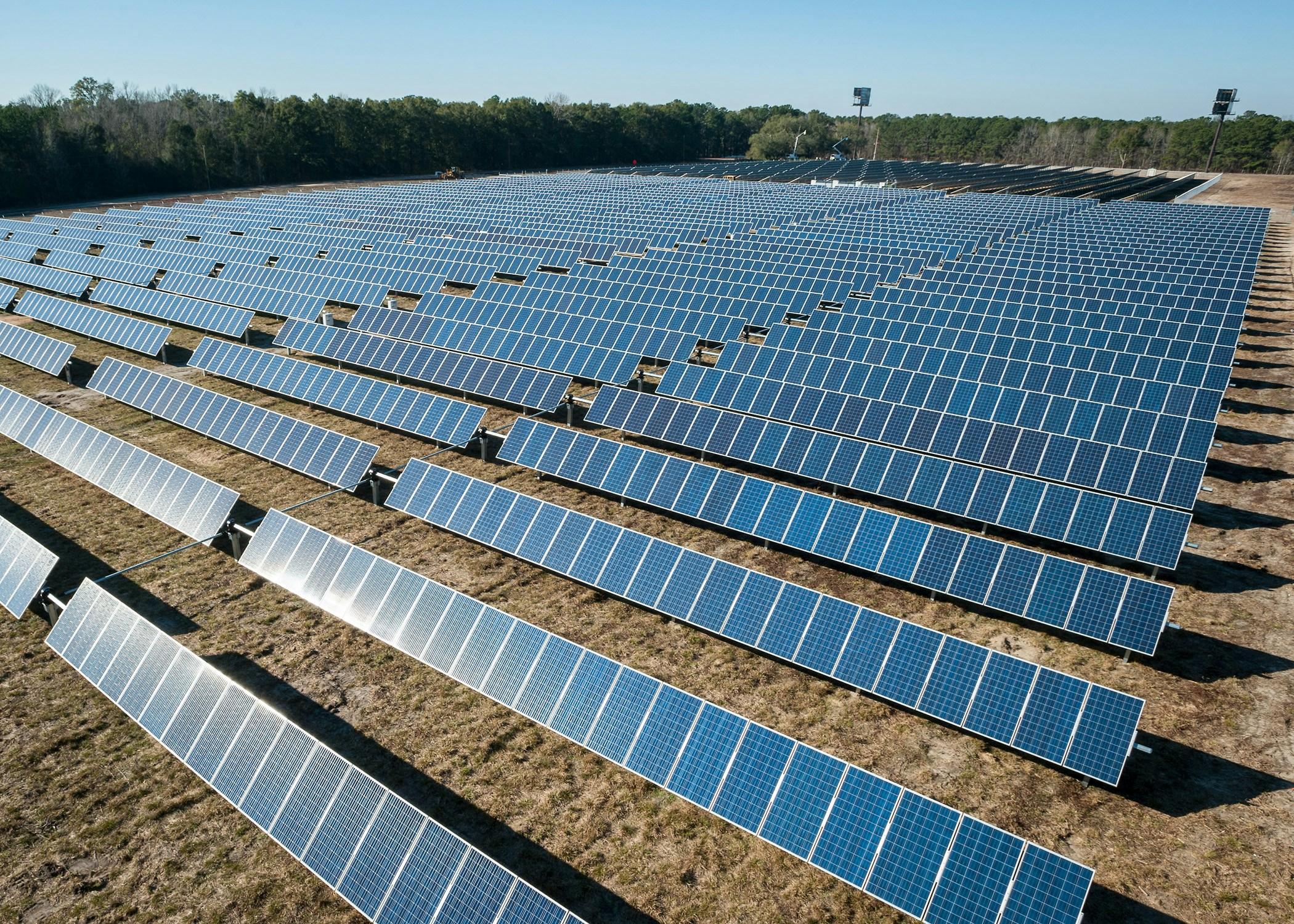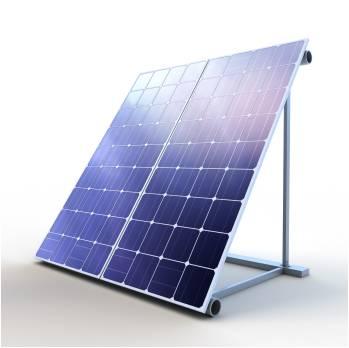In the quiet charm of a neighborhood where each house tells a story of bygone eras, a new chapter is quietly unfolding. The sunlight that has for decades bathed these classic homes is now being harnessed in a way that our ancestors could scarcely have imagined. The question on many homeowners’ minds is whether the cutting-edge technology of solar panels can harmonize with the architectural integrity and historical value of older homes. This inquiry isn’t merely about aesthetics or preservation; it’s about the seamless integration of tradition with innovation, and the potential for these venerable structures to step confidently into a sustainable future. In this exploration, we delve into the compatibility of solar panels with older homes, weighing the benefits, challenges, and solutions that might bridge the past with the present.
Assessing Structural Integrity for Solar Integration
Before installing solar panels on older homes, it’s crucial to evaluate the structural integrity of the existing roof and supporting framework. This involves a thorough inspection to ensure the structure can handle the additional weight and stress of the solar installation. Consider the following factors when assessing structural readiness:
- Roof Condition: Evaluate the age and material of the roof. Some older roofs may require reinforcement or even replacement before solar panels can be safely installed.
- Load-Bearing Capacity: Determine if the existing roof structure can support the weight of the panels, mounting hardware, and any potential snow loads.
- Structural Modifications: Identify any necessary modifications, such as additional bracing or supports, to ensure the building can safely accommodate the solar array.
- Building Codes: Verify compliance with local building codes and regulations, which may have changed since the home was built.
By addressing these factors, homeowners can ensure a seamless integration of solar technology while maintaining the safety and integrity of their cherished older homes.

Navigating Historical Aesthetic and Modern Technology
In the delicate dance between historical charm and cutting-edge technology, the integration of solar panels into older homes presents a unique challenge. Balancing aesthetics with functionality is crucial, as many homeowners wish to preserve the visual integrity of their period properties. Fortunately, there are several strategies to achieve this harmonious blend.
- Discreet Placement: Consider positioning panels on less visible parts of the roof or using auxiliary structures like garden sheds.
- Custom Designs: Utilize solar tiles or shingles that mimic traditional roofing materials, maintaining the home’s original look.
- Adaptive Technology: Explore inverter technology that accommodates older electrical systems, ensuring seamless integration without extensive rewiring.
These solutions not only protect the home’s historical aesthetic but also empower it with the sustainable benefits of modern technology. Embracing this fusion can enhance both the value and functionality of a cherished residence.

Maximizing Energy Efficiency in Vintage Architecture
Integrating modern solar technology into the charming intricacies of vintage architecture requires a delicate balance between preserving the historic aesthetic and embracing sustainable energy solutions. Solar panels, known for their sleek and often futuristic appearance, can indeed harmonize with the character of older homes. When considering this integration, one must prioritize both the visual appeal and the architectural integrity of the building.
To achieve this balance, consider the following strategies:
- Invisible Installations: Utilize solar tiles that mimic traditional roofing materials, maintaining the historic facade.
- Strategic Placement: Position panels on less visible roof slopes or secondary structures like garages to minimize visual impact.
- Frame Customization: Opt for frame colors and materials that complement the existing roof, ensuring a seamless blend.
- Consultation with Experts: Work with architects specializing in heritage buildings to navigate local regulations and aesthetic guidelines.
By thoughtfully incorporating these methods, homeowners can enjoy the benefits of renewable energy while cherishing the timeless beauty of their vintage abodes.

Tailored Solutions for Unique Roof Designs
Older homes often boast unique architectural features and intricate roof designs that set them apart from contemporary structures. Installing solar panels on these charming residences can seem daunting, but with a bespoke approach, it is not only feasible but can enhance the property’s value and sustainability. By leveraging advanced technology and design expertise, we can craft solutions that honor the historical essence while seamlessly integrating modern energy efficiency.
- Custom Mounting Systems: Tailored mounts can adapt to various roof materials and slopes, ensuring a secure fit that doesn’t compromise the original architecture.
- Flexible Panel Options: Choose from a range of flexible or frameless panels that contour to unconventional roof shapes without detracting from the home’s aesthetic appeal.
- Color Matching and Design: Panels can be selected to blend with the roof’s existing color scheme, preserving the visual integrity of the home.
By embracing these innovative solutions, older homes can achieve energy independence without sacrificing their historic charm. Such tailored approaches ensure that solar technology can be harmoniously integrated into any architectural masterpiece.
To Wrap It Up
In the ever-evolving landscape of renewable energy, the compatibility of solar panels with older homes emerges as both a challenge and an opportunity. As the sun casts its timeless glow on rooftops new and old, the decision to embrace solar technology becomes a journey of innovation and preservation. While the path may be paved with considerations unique to historic structures, it also offers a chance to harmonize the past with the future. Ultimately, the integration of solar panels into older homes is a testament to human ingenuity, bridging the gap between tradition and modernity, and illuminating the way toward a more sustainable world. Whether your home stands as a relic of history or a beacon of potential, the possibilities are as limitless as the sky itself.

































